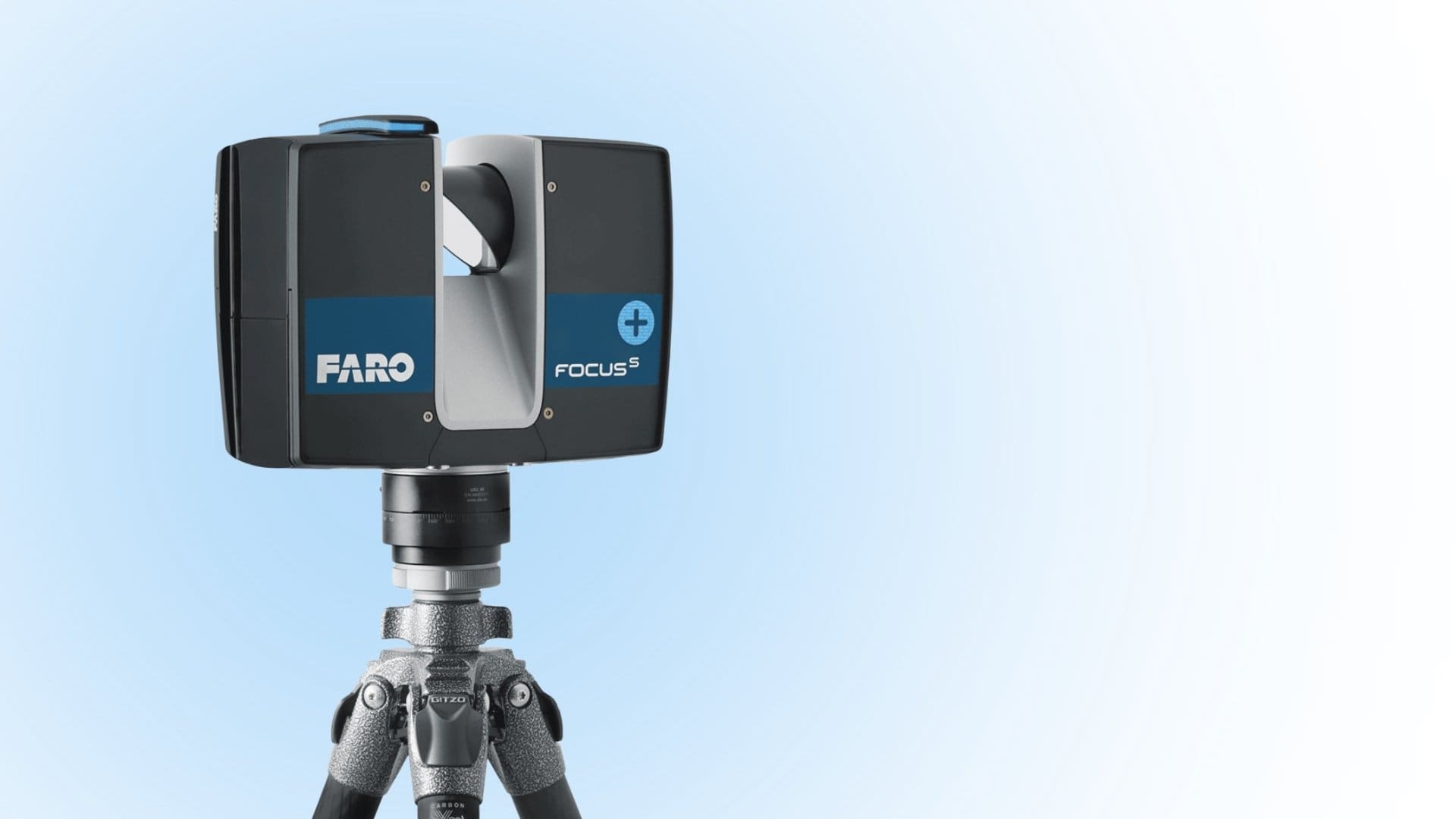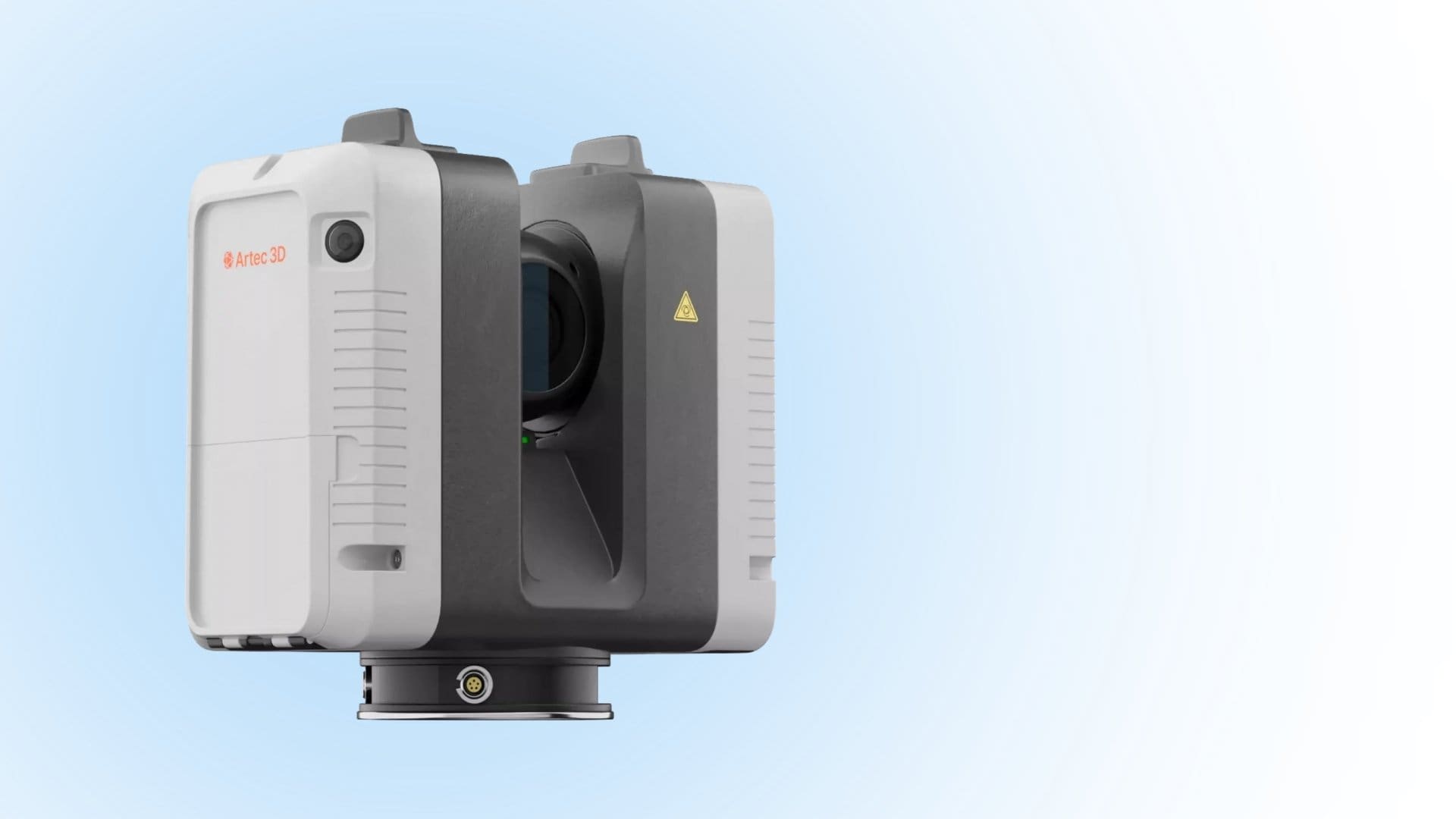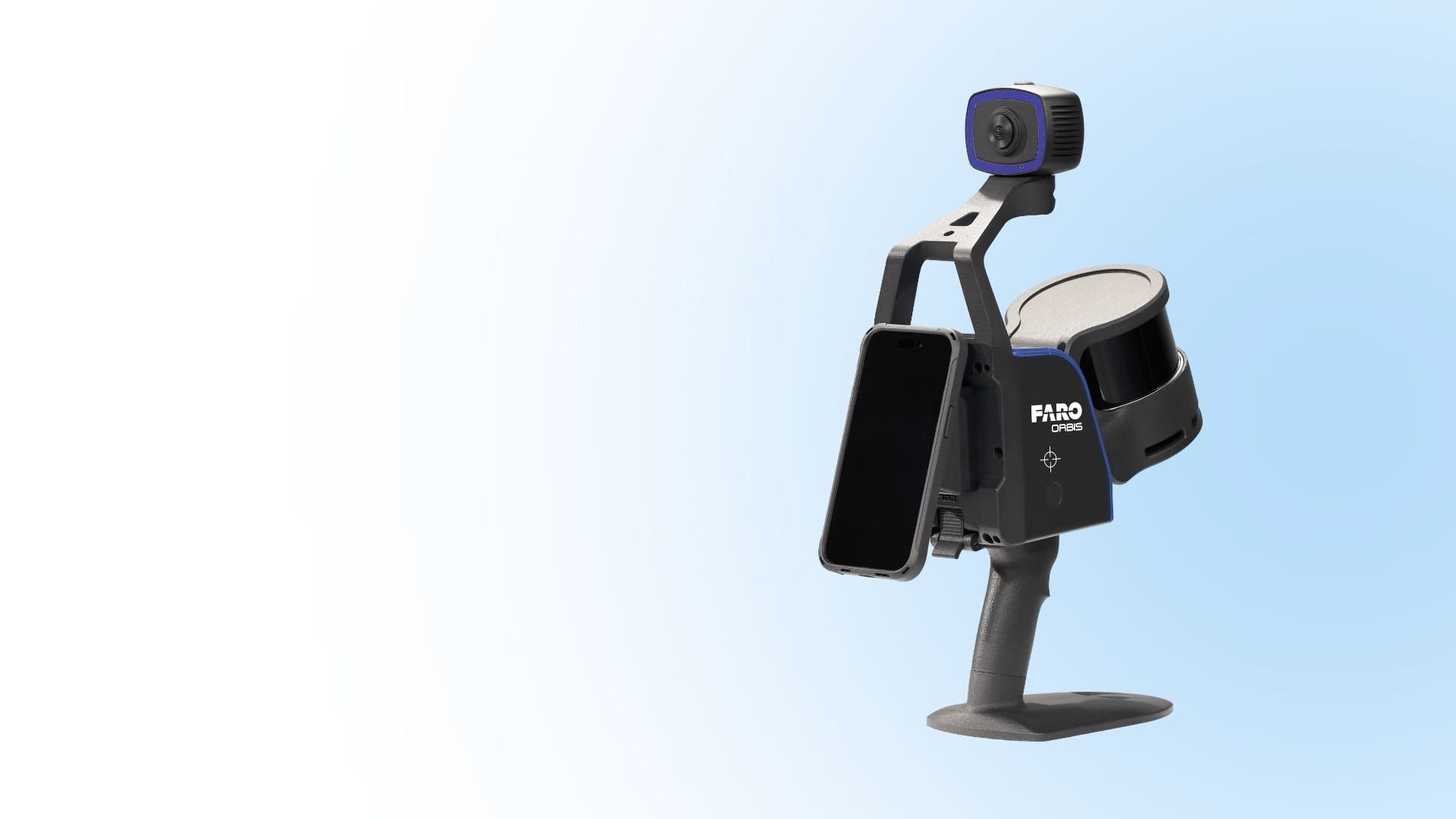
Long-Distance 3D Scanning for Infrastructure
Huge infrastructure projects present unique challenges that can only be addressed with advanced solutions like long-range 3D scanners. Whether it’s
While desktop 3D scanners are known for high precision and convenience, they often require proper setup, calibration, and optimization for optimal performance. You can enhance the performance of your desktop 3D scanner by utilizing its scanning software and other computer resources appropriately.
The overall success of your 3D scanning projects depends on the performance of your scanner. So, it’s a good idea to invest in high-quality scanning tools and create the right environment for each project.
Let’s explore how you can improve the performance of a desktop 3D scanner and enjoy the full benefits of integrating desktop 3D scanners into your workflow!
The key elements of a desktop 3D scanner that you can enhance to improve its performance include speed, accuracy, calibration, and scanning environment.
A slow 3D scanner will impact your workflow and ultimately reduce your company’s or career’s overall output. Choose a scanner that can capture physical objects quickly and accurately for a fast-tracked product development process.
There are a few simple steps you can take to improve the speed of your desktop 3D scanner. First, make sure the computer hardware and software you’ve integrated your scanner with meet the minimum system requirements.
A faster system equals faster scanning. Choose a computer with sufficient processing speed and capacity, and close unnecessary programs running in the background as they might slow down your computer and, inevitably, your scanner.
Improve your computer’s hardware and software, including its memory, storage, and graphics card, to improve the performance of the entire system. Check the connection between the scanner and the computer system for a reliable connection and functionality.
Desktop 3D scanners have various scanning modes that determine their scanning speed. Choose turbo scanning mode to double the speed. However, this mode doesn’t generate 3D models in full resolution.
Choose the right frame rate. This rate is measured in units of frames per second (FPS), which is the frequency of capturing bitmap images by the scanner’s camera. Higher FPS means faster scanning.
The type of object you’re scanning and the software algorithm of your 3D scanner determine the frame rate. Nevertheless, a 3D scanner with high FPS requires a powerful system with a robust processor and graphics card, as well as sufficient RAM and internal storage.
Key aspects of your 3D scanner that determine its accuracy include the point distance, field of view, and type of object. The point distance is the range between the two adjacent 3D points.
Short point distances produce the finest scan data, but they can slow down the scanning process. ‘The field of view’ refers to the area that’s visible to the scanner. This is the area from which the scanner can capture data within a specified distance.
This concept works the same way as human eyes. The wider the field of view, the bigger the zone that can be captured at once.
A desktop 3D scanner with a large field of view can capture more details per frame, enhancing the overall accuracy and efficiency of the scanner. The type of object and its size determine the accuracy of your scans.
Desktop 3D scanners are designed for scanning smaller objects. So, be sure to choose a scanner that matches the size of the object you intend to scan.
How you calibrate your 3D scanner determines the accuracy of your scans. Check the user manual provided by the manufacturer for instructions on how to calibrate your scanner.
Calibration involves setting up the scanner’s internal measurements, software algorithm, and scanning features to ensure that everything aligns with the object to be scanned and the environment you’re scanning in.
Creating a conducive scanning environment involves making sure there’s proper lighting, cleanliness, safety, and stability. Ensure the platform where you place the scanner is stable and free of clutter.
Install consistent, soft lighting and avoid sunlight, reflective backgrounds, and shadows. Clean the walls, desks, and surface of the object you wish to scan to remove dust, water, and grease that might obstruct the scanning process.
Speed, accuracy, calibration, and scanning environment are the four key factors that determine the performance of a desktop 3D scanner. Getting these elements right will undoubtedly improve the performance of your scanner.
3D Scanning & Metrology News, Press, Insights, Trends, Case Studies, and more.

Huge infrastructure projects present unique challenges that can only be addressed with advanced solutions like long-range 3D scanners. Whether it’s

Different long-range scanner brands offer varying features and capabilities; hence the need to understand the most crucial aspects of long-range

The key difference between long-range and short-range scanners is the maximum distance at which they can capture data. Ordinarily, long-range

The key elements to consider in long-range 3D scanners include accuracy, scan speed, resolution, scanning mechanism, and ease of use.